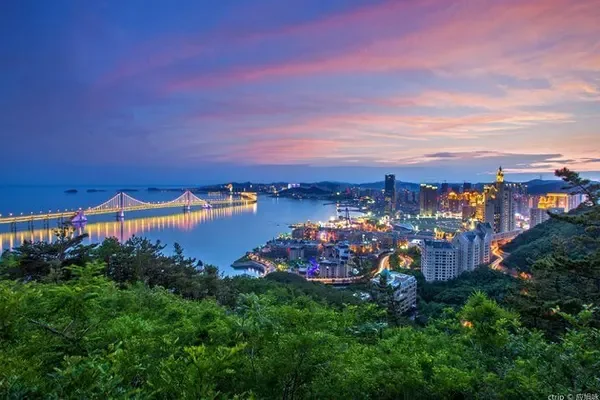introduce
Dari County is a county under the jurisdiction of Guoluo Prefecture in Qinghai Province. It is located in the southeast of Qinghai Province and in the south of Guoluo Tibetan Autonomous Prefecture at the junction of Sichuan, Gansu and Qinghai provinces. The average altitude is over 4200 meters. It is one of the natural ecological protection and management areas of "source", and it is also an important commodity in Guoluo Prefecture after the state capital (Dawu), a distribution center for Chinese and Tibetan medicinal materials, and an important transportation hub at the junction of Qingchuan.

